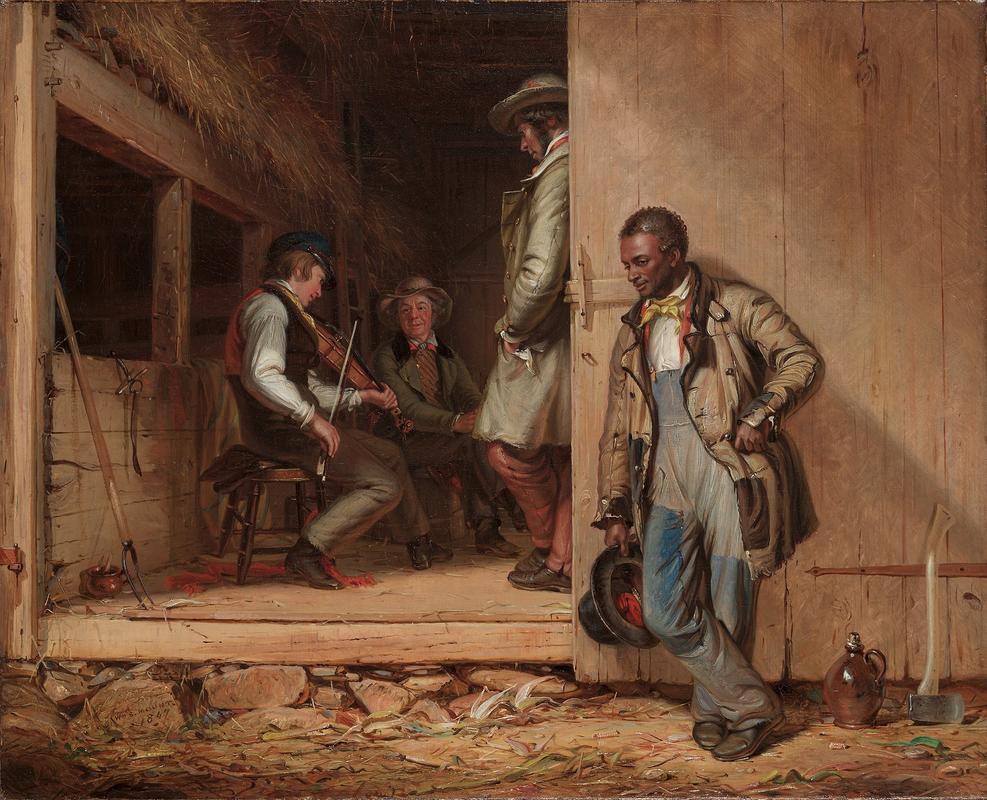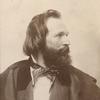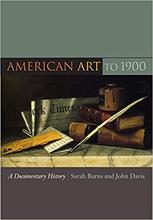More about The Power of Music
- All
- Info
- Shop

Sr. Contributor
As you might guess from the impassioned title of The Power of Music, William Sidney Mount was a musician as well as a painter.
He liked music so much, he even designed a hollow-backed violin called the “Cradle of Harmony,” which was actually built and played. The violin was built using fewer parts and was meant to be louder than a normal instrument. That violin (or fiddle) doesn’t look like the one he painted in The Power of Music, on display at the Cleveland Museum of Art. Mount painted several works that had music as the subject, either directly or indirectly; Just in Time, The Bone Player at the Museum of Fine Arts Boston, and Dance of the Haymakers are just a few examples of this theme in his art.
Mount would probably not be considered a “progressive,” by any means, either then or now; he was thought to be against abolition (and called members of the Republican party "Lincoln-poops), though when the Civil War broke out, he was on the side of the Union. This makes his depiction of African-American men (he painted very few Black women) all the more noteworthy, as Mount painted them with dignity and individuality, and characterized them as regular and free people. This should be a no-brainer, but in Mount’s time, many artists’ representations of minorities placed them at the margins of society, or even mocked or made caricatures of them.
One could argue that in The Power of Music, the Black man is shown as an outsider, since he is literally outside of the door, while the music is being played inside. While this may allude to the racial divide that was present in America at the time, it’s doubtful that Mount meant it to be read like that. In fact, Mount was well-acquainted with all of the men who modeled for the painting, including the Black man, Robin Mills, who was a landowner in Stony Brook (Long Island, New York), as well as an elder in the local African Methodist Episcopal Zion Church. The standing white man was Mount’s brother-in-law, Charles Seabury; the violinist was Mount’s nephew, Thomas Nelson Mount, and the older man was Rueben Merrill, a laborer who worked for Seabury, but had “no social standing in the community.”
Mount painted The Power of Music for Mrs. Gideon Lee, who paid $200 for the picture and frame; as a bonus, Mount was paid an extra $25 by Mr. Leupp, Mrs. Lee’s son-in-law, according to Mount’s journal. Mount completed the painting in 1847, (it was commissioned in late 1846), but it looks like he had the idea kicking around for some time before that. His original sketch for Power of Music is on the same sheet of paper as the sketch for The Dance of the Haymakers, painted two years earlier. Both paintings use the exact same barn door, and the same angle of viewpoint; also, as in Power of Music, Dance of the Haymakers features a Black person on the outside of the barn, this time a young boy using two sticks to keep time with the music.
When Mount found a style that was successful, he stuck with it; he also used the open barn door format in two previous works: Dancing on the Barn Floor, from 1831, as well as The Truant Gamblers (or The Undutiful Boys), painted in 1835. There is likewise an unfinished painting, The Banjo Player, at the Detroit Institute of the Arts, that was painted at a later date. Hey, if it works, it works!
Sources
- Frankenstein, Alfred. "William Sidney Mount and the Act of Painting." American Art Journal 1, no. 1 (1969): 34-42. doi:10.2307/1593852.
- Moffatt, Frederick C. "Barnburning and Hunkerism: William Sidney Mount's "Power of Music"." Winterthur Portfolio 29, no. 1 (1994): 19-42.
- Mount, William Sidney, and Alfred Victor Frankenstein. William Sydney Mount. New York: Abrams, 1975.
- “National Gallery of Art.” Artist Info William Sidney Mount. https://www.nga.gov/collection/artist-info.1741.html.
- Robertson, Bruce. ""The Power of Music": A Painting by William Sidney Mount." The Bulletin of the Cleveland Museum of Art 79, no. 2 (1992): 38-62.
- Weinberg, H. Barbara, and Carrie Rebora Barratt. American Stories: Paintings of Everyday Life, 1765-1915. New Haven, CT: Yale University Press, 2009.













I enjoy the color and lighting in this painting. The earthy rich tones are very appealing to me. At a deeper level, this piece has a lot to say about the attractive nature of music and its ability to pull people in and effect their feelings. I can see from the expressions on the listeners' faces that they are moved by the sounds they are hearing. It is interesting to observe the placement of the Black man in the painting; on the outside of the door. Since this work was completed prior to the Civil War, one could make the assumption that the artist was trying to speak out against discrimination. On the other hand, perhaps the inclusion of the Black man was an effort to present the Black community in a more integrated and accepted light.